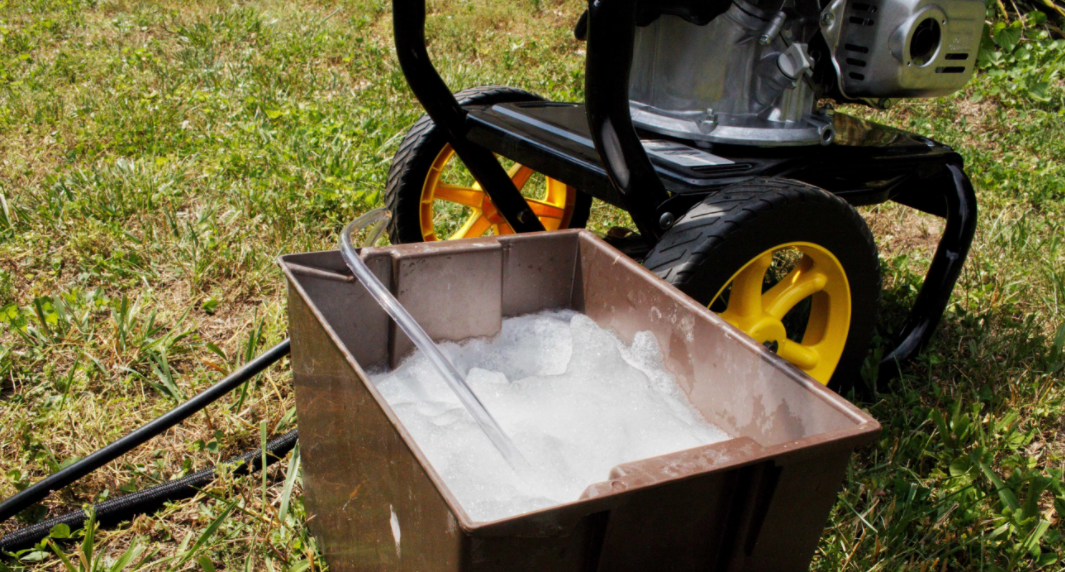Retractable hose reels require little to no effort to operate, depending on the type. They save time and resources and retract your hose smoothly, keeping it organized. In addition, it protects the hose from external factors that may cause damage, thus extending its lifespan. Giraffe Tools (https://giraffetools.com/) offers a wide range of hoses,and no matter which type you choose, you have to know how to adjust its tension. In this write-up, we discuss steps for adjusting a retractable hose reel’s tension.
How to Adjust Tension on Your Retractable Hose Reel
Retractable hose reels retract the hose when the spring is under tension, so regular adjustments are necessary for proper functioning. The following are steps that guide you through the adjustment.
1. Identify What Causes the Reel to Retract
These reels are preferred by many due to their ability to wind and unwind hoses. The retraction process is made possible by a spring located within the reel that comes preloaded from the manufacturer. After buying the reel, all you need is to set it up and begin using it; however, the spring must be checked for tension-related issues with time. The tension either reduces or becomes too much due to regular use or defective parts. In addition, hose reels have a limit to the size of hose they can use, so if you use one whose weight differs from the suggested one, the tension will need readjusting.
2. Know the Preset Manufacturer Tension
Since the reel comes with the correct tension from the factory, you need to change the current tension to match the preset one. Check the reel’s information manual or consult the manufacturer to determine the number of turns required to achieve the correct tension level. However, note that this applies only if your hose is similar to what was recommended by the factory. If your hose weighs more or less than the preferred hose weight, your retractable reel’s tension will need a different adjustment.
3. Disassemble the Hose Reel
First, prepare the hose reel for the tension fixing process. If the reel is on the ground, go ahead and loosen the screws of the hub plate using a screwdriver but leave the pate intact on the hose reel. If the reel is placed slightly above the ground, carefully put it down for an easy operation. For wall-mounted hose reels, set it apart from the mounting brackets and put it aside.
4. Fix the Tension
Using a socket wrench placed at the center of the hub, turn the hub based on the required number of turns. Turning the hub clockwise increases the tension while the anti-clockwise direction reduces it. It’s okay to turn the hub one more time than recommended; however, going past that will damage the reel.
5. Assemble the Reel
After adjusting the tension, put the screws back on the hub plate and tighten them. Put back the reel to its original location and for the wall-mounted reel, connect it to the mounting brackets. Finally, test the reel’s tension by rolling out the hose and then rolling it back in.
Conclusion
Retractable hose reels are expensive than other reels, so proper maintenance is necessary to keep them right. Tension should be checked regularly to ensure a smooth winding and unwinding process.











